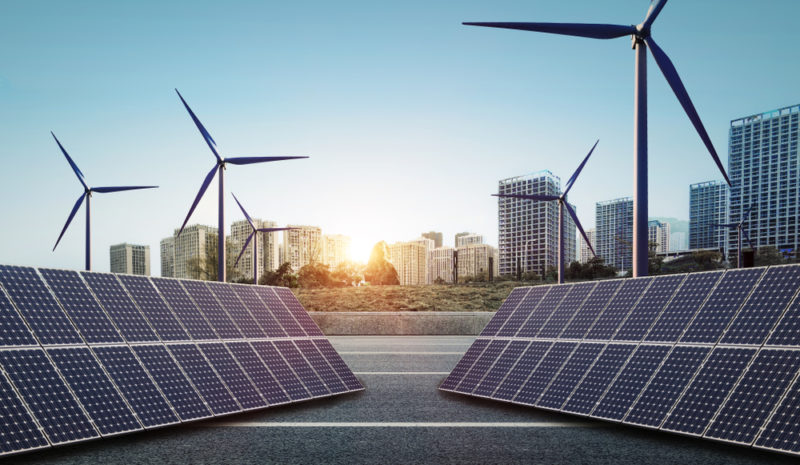Xcel Energy releases new report that outlines its carbon reduction plans

Xcel Energy released a new report this week that that outlines its vision to deliver 100 percent carbon-free electricity to customers.
The report, called “Building a Carbon-Free Future,” outlines the company’s path to achieving its ambitious carbon reductions, as well as the results of a scientific study Xcel Energy did with climate scientists with the University of Denver. The study confirmed that Xcel’s vision to deliver 100 percent carbon-free electricity by 2050 is consistent with temperature goals of the Paris climate agreement.
“We are well positioned for the future and are focused on putting the right technology and policies in place to make our vision a reality,” Ben Fowke, chairman, president and CEO of Xcel Energy, said. “Our 2018 carbon results demonstrate the significant gains we’re making in the transition to clean energy while still maintaining safe, reliable and affordable service for our customers.”
In 2018, Xcel Energy reduced carbon emissions by 3 percent and has reduced carbon emissions by 38 percent from 2005 levels. The company aims to cut carbon emissions by 80 percent by 2030. The company has done this by adding new wind and solar to its energy portfolio while retiring coal plants and transitioning with cleaner natural gas. Last year, Xcel Energy opened its new 600-megawatt Rush Creek wind farm in Colorado, the company’s largest wind farm.
To reach its future carbon reduction goals, Xcel Energy will add thousands of megawatts of wind and solar power to its system and incorporate both natural gas generation and battery storage. Further, it will retire more coal plants or change those operations to reduce emissions. It will also support strategic electrification of certain end uses, such as transportation, and invest in technologies to upgrade its grid. The company said more research, innovation and demonstration of advanced carbon-free technologies are required in order to reach 100 percent carbon-free electricity by 2050. This includes technologies like power to gas, seasonal energy storage, advanced nuclear or small modular reactors, carbon capture and storage, deep rock geothermal or other technologies.
